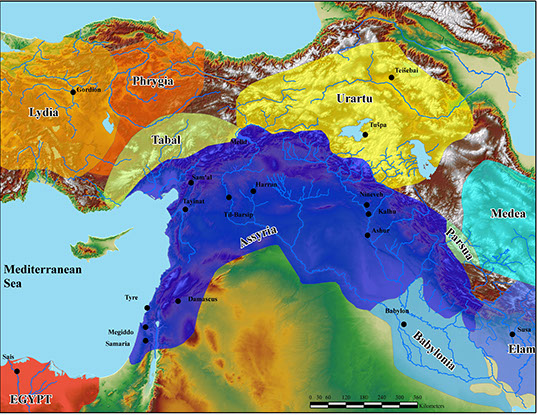
In 743 BCE, the Assyrian King Tiglath-pileser III launched his assault on the Syro-Hittite states of northwest Syria directing his attention to the kingdom of Unqi in 738 BCE. The Assyrian King accused Tutammu, king of Unqi (kur un-qi), of breaking his loyalty oath with Assyria. The consequences of this breach, we are told, were that Tutammu “disregarded his life,” Kinalia (uruKi-na-li-a), his royal city, was captured and many of its citizens were deported. The Assyrian King then reconstituted Kinalia as the capital of a new Assyrian province by the same name, and installed a governor (bēl pīh ̮āti).
Assyrian occupation at Tayinat results in significant renovation of the citadel mound, with the bit-hilani Palace Building I initially serving as the residence of the governor. The Temples at Tayinat are converted from traditional Syrian Temple-in-antis to more typical Assyrian Langraum temples, probably being dedicated to members of the Assyrian pantheon in the process. Building VI is converted to a small platform, serving some form of ritual function for the Assyrian establishment.
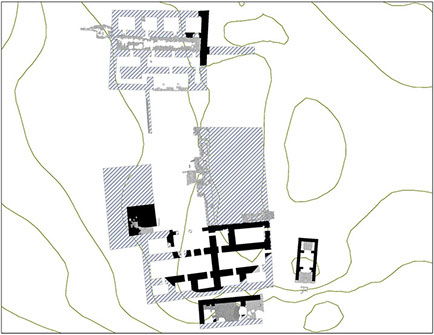
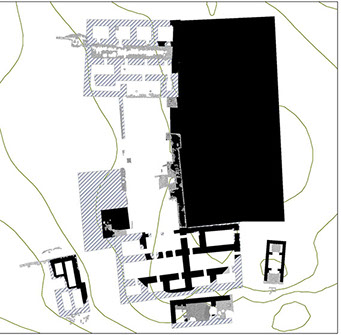
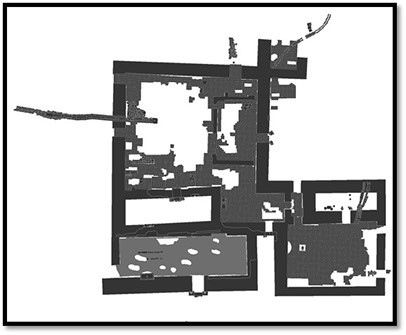
In the following phase, Tayinat undergoes even further renovations, with the establishment of an Assyrian Governors Palace on the south knoll of the site, presumably under Sargon II. With it, the locus of power at the site shifts, and the importance of the west central area, seat of of the Neo-Hittite Kings is greatly reduced, eventually being closed off with the construction of larger platform, and the walling off of the main courtyard.
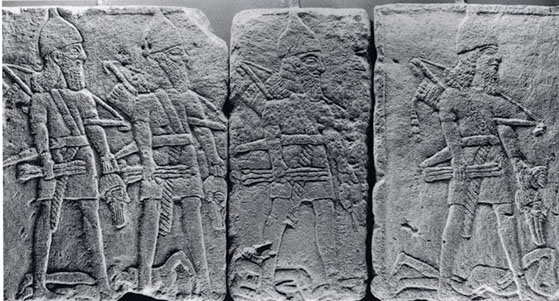
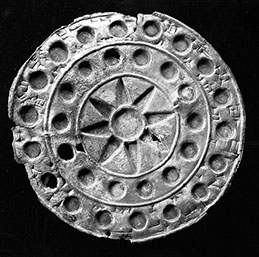
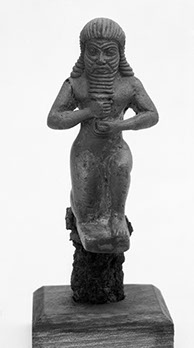

Although much of the destruction of Neo-Hittite culture can be attributed to the arrival of the Neo-Assyrians at Tayinat, many incredible works of art attributed to the Assyrians have bee found by both the Chicago and Toronto Expeditions, which have begun to change our understanding of the cultural dynamics of the Near Eastern world in this pivotal period.


